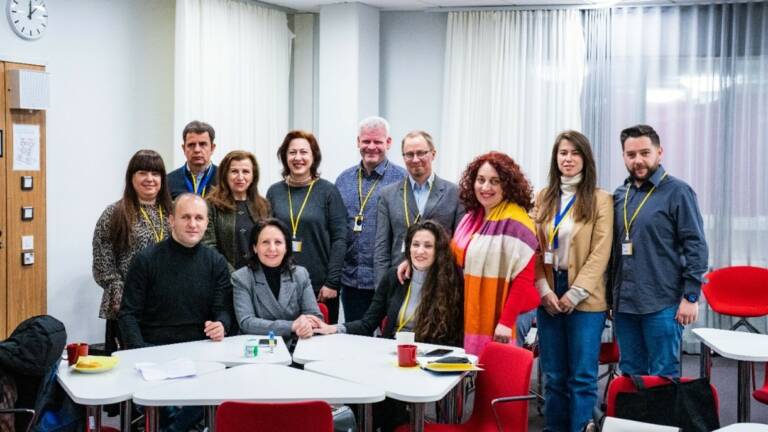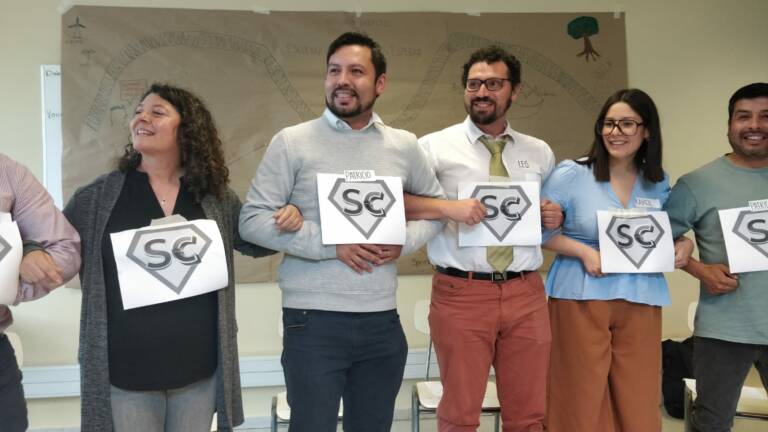However, LCA is not foolproof; greenwashing, both intentional and unintentional, is still possible. If LCA is new for you, Leyla Acaroglu’s article on life cycle thinking works as an excellent introduction to the topic (Acaroglu 2023).
LCA is a multi-tool
Waste reduction is an example of a typical goal for companies and LCA can be used as a tool to systematise the pursuit of this goal. No wonder that LCA has been found to be a useful tool to achieve a circular economy (CE) (e.g., Peña et al. 2021). Likewise, LCA works also as a tool for managing risks, avoiding greenwashing, and strategising a company’s approach to things like extended producer responsibility. Further, the EU is going to expand the eco-design directive with a CE action plan to all physical goods on the EU market. There are clear rationales at hand to make the LCA a routine tool for sustainability and circularity.
You may be familiar with an environmental product declaration (EPD, ISO 14025), which is based on an LCA that is harmonised for a specific product category. The EPDs are primarily for business-to-business communication. Nonetheless, a layperson can also be interested in them when comparing, e.g. different construction materials and their impacts on the environment. It is, however, necessary to be careful when comparing two EPDs with each other and crucial to check what has been included and what has been left out from the assessment.
Do not fall to (intentional/unintentional) greenwashing
In many cases, it may be a hard pill to swallow that your product is not really a sustainable one.
A good starting point is to think what responsibility you have on the product, after it is sold, and extend your view to cradle-to-cradle scrutiny. There is a lot of wisdom in not compensating your carbon footprint, before first decreasing it. Sustainability and responsible business should be based on continuous improvement.
A window-like transparency typifies a good LCA. Without it, one cannot really talk about the real impacts of a product. This window should be clear and not greenwashed. From its core, the LCA is “just a calculator”, which means it is not immune from misuse. Thus, a critical review is a pivotal part of any LCA done in accordance with the ISO 14040 standard, the LCA report should always be reviewed by an expert third-party. All study limitations should be clearly and honestly communicated. In the absence of a critical review, one should be cautious with e.g., claims on superiority of an assessed product.
You need to have a special set of skills to understand the anatomy of calculations, as even the critical view does not always guarantee that the actual message is conveyed as should. The results may remain difficult to comprehend especially for a layperson. In case you do not get access to data and calculations behind an LCA, there is something hazy in it, especially when the LCA is used in advertising the product.
LCA skills in TAMK
It should go without saying that LCA skills are useful. Here are two course examples from TAMK (e.g. Life Cycle Assessment and Sustainability Measurements and Live Cycle Assessment (LCA)). We can warmly recommend all degree programmes to add LCA to their curriculums!
LCA is not only for engineers. In fact, LCAs should always be done by a team of experts to ensure credibility. LCA can work as a common communication platform between design, marketing and engineering experts. It ensures that all parties are talking about the same things and that everyone can see how their decisions affect, for example, emitted cradle-to-gate greenhouse gas emissions. And – like we wrote in the beginning – beware greenwashing: LCA skills are needed also for identifying and rooting out (intentional/unintentional) greenwashing.
Text:
Mika Nieminen, Senior Lecturer in Environmental Engineering, School of Built Environment and Bioeconomy in Tampere University of Applied Sciences (TAMK)
Marjo Ketonen, Senior Sustainability Specialist at Ensto Finland Oy. TAMK alumni from the Master’s Degree Programme in Risk Management and Circular Economy and Bachelor’s Degree Programme in Chemical Engineering
Picture:
Roine Piirainen (CC0), https://kuviasuomesta.fi/lahikuva-kalliojakalasta/
References
Acaroglu, Leyla. 2018. A Guide to Life Cycle Thinking. https://medium.com/disruptive-design/a-guide-to-life-cycle-thinking-b762ab49bce3 (read 19.1.2023)
European Commission. 2020. Changing how we produce and consume: New Circular Economy Action Plan shows the way to a climate-neutral, competitive economy of empowered consumers. https://ec.europa.eu/commission/presscorner/detail/en/ip_20_420 (read 23.1.2023)
Extended producer responsibility (EPR). https://www.environment.fi/producerresponsibility (read 24.1.2023)
Examples of LCA courses currently in the curriculums at TAMK. Life Cycle Assessment (3 cr) in Bachelor’s Degree Programme in Environmental Engineering and Sustainability Measurements and Life Cycle Assessment (5 cr) in Master’s Degree Programme in Risk Management and Circular Economy.
ISO 14025:2006. Environmental labels and declarations – Type III environmental declarations – Principles and procedures.
ISO 14040:2006. Environmental management – Life cycle assessment – Principles and framework.
Peña, C et al. 2021. Using life cycle assessment to achieve a circular economy. The International Journal of Life Cycle Assessment 26:215-220.





